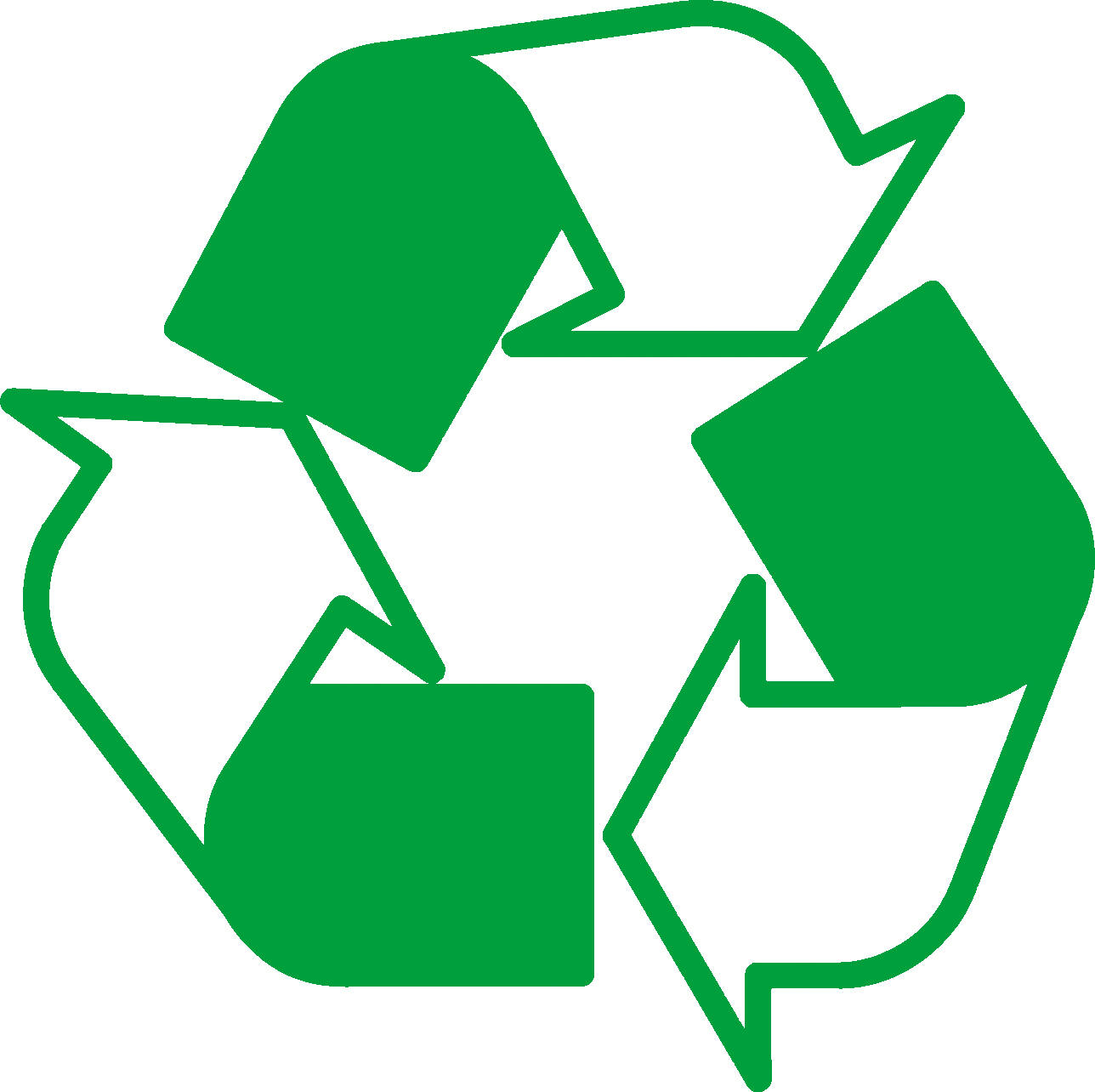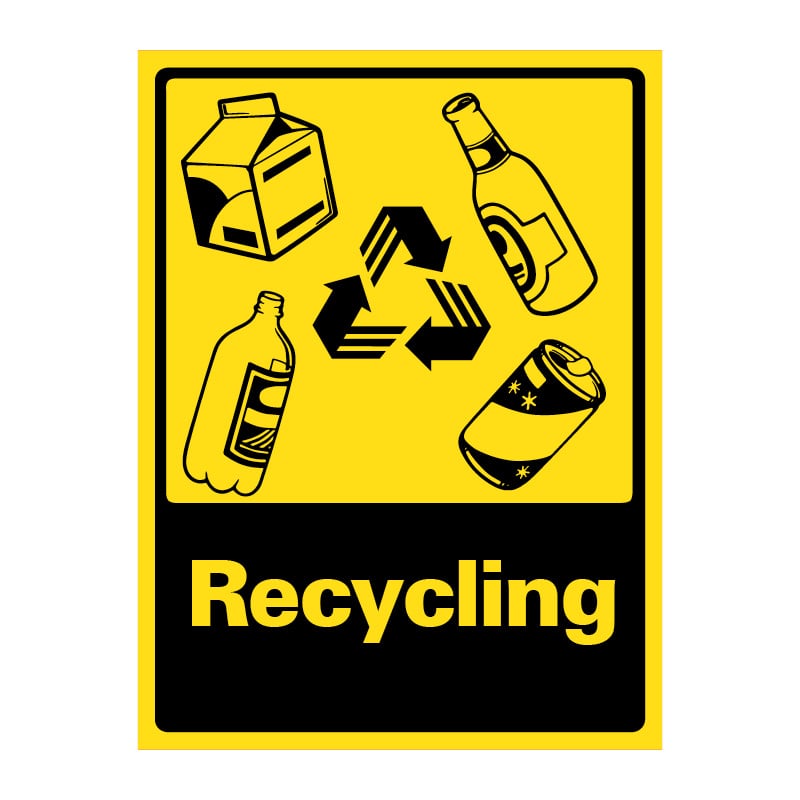

In the end, plastics will still be used, but you can certainly limit your use of the product. These are the plastics to look for in terms of human and animal consumption.
Look for symbols 2, 4, and 5, as these plastics are considered to be safest. Avoid recycling symbols 3, 6, and 7. While Number 1 is considered safe, it is also best to avoid this plastic. In the end, it’s really best to avoid using all plastics if you’re able. The Bottom Line: Which Recycling Numbers to Avoid, Which are ‘Safest’ It is recycled into plastic lumber and other custom-made products. Plastic #7 is found in sunglasses, iPod cases, computer cases, nylon, 3- and 5-gallon water bottles, and bullet-proof materials. These plastics should be avoided due to possibly containing hormone disruptors like BPA, which has been linked to infertility, hyperactivity, reproductive problems, and other health issues. It’s a mix bag of plastics that includes polycarbonate, which contains the toxic bisphenol-A (BPA). All of the plastic resins that don’t fit into the other categories are placed in the number 7 category. It is recycled into egg cartons, vents, foam packing, and insulation. Plastic #6 is found in compact disc cases, egg cartons, meat trays, and disposable plates and cups. This kind of plastic also poses a health risk, leaching potentially toxic chemicals, especially when heated. Polystyrene is Styrofoam, which is notorious for being difficult to recycle, and thus, bad for the environment. Polypropylene is recycled into brooms, auto battery cases, bins, pallets, signal lights, ice scrapers, and bycycle racks. It is typically found in yogurt containers, ketchup bottles, syrup bottles, and medicine bottles. Increasingly becoming accepted by curbside recycle programs, plastic #5 is also one of the safer plastics to look for. This plastic is recycled into compost bins, paneling, trash can liners and cans, floor tiles, and shipping envelopes. Plastic #4 rests among the recycling symbols considered to be safe. Curbside recycling programs haven’t been known to pick up this plastic, but more are starting to accept it. Low density polyethylene is most found in squeezable bottles, shopping bags, clothing, carpet, frozen food, bread bags, and some food wraps. Plastic #4 – LDPE (Low Density Polyethylene)  This plastic is recycled into paneling, flooring, speed bumps, decks, and roadway gutters. It’s found in shampoo bottles, clear food packaging, cooking oil bottles, medical equipment, piping, and windows. DEHA has also been linked to loss of bone mass and liver problems. They also contain DEHA, which can be carcinogenic with long-term exposure.
This plastic is recycled into paneling, flooring, speed bumps, decks, and roadway gutters. It’s found in shampoo bottles, clear food packaging, cooking oil bottles, medical equipment, piping, and windows. DEHA has also been linked to loss of bone mass and liver problems. They also contain DEHA, which can be carcinogenic with long-term exposure. 
These plastics used to, and still may, contain phthalates, which are linked to numerous health issues ranging from developmental problems to miscarriages. Plastic #3 is used to make food wrap, plumbing pipes, and detergent bottles, and is seldom accepted by curbside recycling programs.Plastic #2 is recycled into pens, recycling containers, picnic tables, lumber, benches, fencing, and detergent bottles, to name a few.This plastic is considered safe and has low risk of leaching. Milk jugs, detergent bottles, juice bottles, butter tubs, and toiletries bottles are made of this. It’s found mostly in milk jugs, household cleaner containers, juice bottles, shampoo bottles, cereal box liners, detergent bottles, motor oil bottles, yogurt tubs, and butter tubs.This plastic is one of the 3 plastics considered to be safe, and has a lower risk of leaching. Plastic #2 is typically opaque and picked up by most curbside recycling programs.Plastic #2 – HDPE (High Density Polyethylene) Plastic #1 is recycled into tote bags, furniture, carpet, paneling, fiber, and polar fleece.It’s found mostly in soda bottles, water bottles, beer bottles, salad dressing containers, mouthwash bottles, and peanut butter containers.Some consider it safe, but this plastic is known to allow bacteria to accumulate. Picked up by most curbside recycling programs, plastic #1 is usually clear and used to make soda and water bottles.Here is some information on the various recycling symbols and numbers: The Recycling Symbols Plastic #1 – PETE or PET (Polyethylene Terephthalate)







 0 kommentar(er)
0 kommentar(er)
